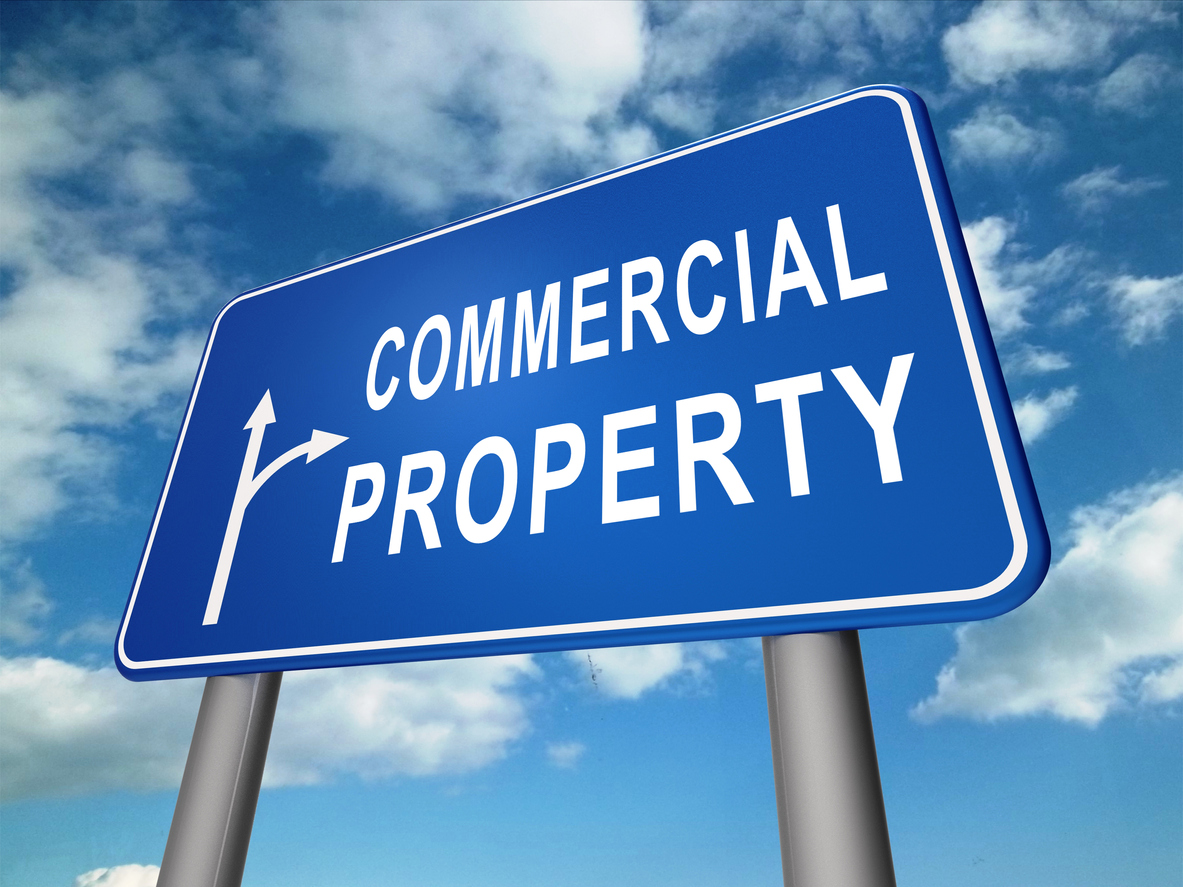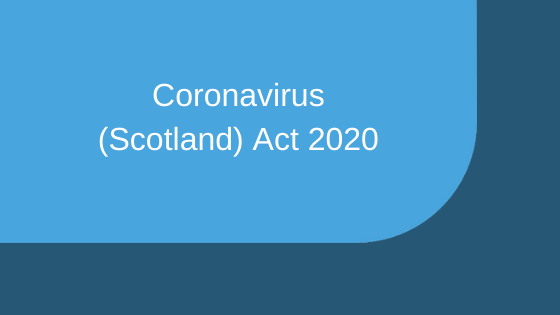
Vital Signs – A Primary Healthcare Blog: NHS Funding of Leasehold Rents.
Date: 13/08/2015 | Healthcare, Real Estate, Blogs
Funding for NHS GP Practices is complex requiring careful management of income and expenditure. A key aspect of this is the management of property costs.
This article explains the position for those Practices leasing their surgery premises from Third Party Landlords. A previous article set out the basis on which property owning GPs are reimbursed Notional Rent.
It is the responsibility of each GP Practice to provide suitable accommodation for the delivery of the primary care services they are contracted to provide. In return for doing so that GP Practice is “reimbursed” rent by the Health Board. The key legislation setting out the terms and conditions on which rent is reimbursed is the Primary Medical Services – (Premises Development Grants, Improvement Grants and Premises Costs) Directions 2004.
In the case of premises leased from Third Party Landlords the rent that is reimbursed is known as “Current Market Rent”. The intent is that the reimbursed rent is then used to fund the GP Practice’s rental obligations under their lease in so far as it relates to Surgery Premises.
Who can apply for reimbursement of Current Market Rent?
A GP Practice can apply to the Health Board for financial assistance towards it rental costs. It is only the contractor (i.e. the GP Practice) that can make the application.
Is the Health Board obliged to grant an application?
In the case of rental costs under leases which have been entered into or varied since 1st April 2004 the Health Board must first be satisfied that the lease represents value for money. The Health Board will consult the District Valuer to assess whether this value for money test is met.
Even though a lease may have been first entered into prior to 1st April 2004 it may still be subject to this value for money test if it has been varied. For instance, a rent review resulting in increased rent is a variation. As virtually all leases provide for rent review it is reasonable to anticipate that all leases where rent reimbursement is claimed must be subjected to the value for money for test.
Assuming a lease does represent value for money then the Health Board must consider and, in appropriate cases, grant the application. As with Notional Rent it is unclear what the term “appropriate cases” means but it can take into account the Health Board’s budgetary targets.
How is the level of Current Market Rent assessed?
The Premises Directions set out how the Current Market Rental is to be assessed. There are many similarities between the assessment of Notional Rent for owned premises and Current Market Rent for leased premises. There are also important differences. In each case the rent is assessed as the figure which might reasonably be expected to be paid by a Tenant for the Practice Premises at the relevant date assuming a willing Landlord and Tenant. In the case of Notional Rent no lease will exist as such and so the Premises Directions make certain assumptions as to what a lease ought to say. However, in the case of premises leased from a Third Party Landlord there will be an actual lease with detailed lease terms and accordingly the terms of that actual lease are the starting point for the assessment.
A number of things are then also taken into account in arriving at a figure for the Current Market Rent:
- “Deductions” should be made for:
- Any residential element unless it is used for Practice purposes.
- Any other element which is not used for Practice purposes.
- Furniture or other moveable equipment provided as part of the rent.
- Services provided as part of the rent (e.g. cleaning services).
- Any internal repairs or decoration which the Landlord is responsible for.
- Situations where the Landlord is ultimately responsible for water rates.
The effect of these “deductions” is likely to be to reduce the level of Current Market Rent.
- “Additions” should be made for:
- The extent to which the Tenant is responsible for external repairs and maintenance or for insurance.
- Any premium (i.e. capital sum) paid by the Tenant.
- Any VAT properly charged.
The intention behind these complex provisions is to establish what the Current Market Rental figure for the premises would be on “internal repairing terms”. This often requires a degree of artificiality as most Third Party Landlord leases are on “full repairing and insuring terms” which impose liability for external and structural repairs maintenance and repair on the Tenant. The former involves the Landlord taking on more responsibility with the effect that the rent charged for a lease on internal repairing terms would be greater than the rent for a lease on full repairing and insuring terms.
It follows from these deductions and additions that the reimbursable rent may, and very often will, differ from the rent payable to the Landlord. When rent is assessed, whether at the outset or on review, it is important that a GP Practice obtains two assessments of Current Market Rent from the District Valuer:
- The reimbursable Current Market Rent under the Premises Directions.
- The Current Market Rent which would be payable in the market for a lease on the same terms and conditions as the actual lease.
Whilst in theory these two figures may be the same in the large majority of cases the first figure will be greater than the latter leaving the Practice with an annual surplus between what is reimbursed by the Health Board and what is in turn paid on to the Third Party Landlord. As a rule of thumb a Practice should anticipate a differential of approximately 5% of the rent payable to the Third Party Landlord.
Are there any other ways in which the rent can be reviewed?
Sometimes a lease will provide for rents to be reviewed by reference to indexation rather than comparable Current Market Rents. In those situations, provided the District Valuer received a copy of the lease before it was entered into and agreed that the indexing arrangements were appropriate, then rent reviews will be by reference to indexation. If such agreement was not obtained then there is no basis for rents to be reviewed by reference to indexation.
The Premises Directions also provide that, where Current Market Rent levels are insufficient to support new capital investment in Practice Premises, then Health Boards may increase the amount it would otherwise pay as the Current Market Rent of the Practice Premises by applying an uplift factor. The application of such uplift factor is beyond the scope of this article.
Who sets the Current Market Rent?
The Current Market Rent which is reimbursable is set by the District Valuer. As noted above the District Valuer’s assessment of the Current Market Rent may not necessarily be, and often will not be, the rent which is payable in terms of the lease. It is important for Practices to ensure that the rent payable under the lease is linked to the District Valuer’s assessment of the Current Market Rent.
Can the Current Market Rent be challenged?
A Practice need not accept the District Valuer’s assessment of Current Market Rent but can challenge it. If a Practice wants to challenge the District Valuer’s assessment it should instruct a valuer experienced in valuing GP Practice Premises. Often the terms of the actual lease will give a Landlord the right to step into the shoes of the Practice in challenging such assessment.
When is the Current Market Rent reviewed?
The Current Market Rent is reviewed at the times provided for in the lease.
Are there any deductions from the Current Market Rent?
Third Party contributions.
Where the Practice allows a Third Party to occupy some or all of the Practice Premises (e.g. a pharmacist) and that person makes a contribution towards running costs or pays rent then this contribution is deducted from the Notional Rent.
Private Income.
Where the Practice Premises are used for the provision of medical services to private patients or for other non-public bodies then the Notional Rent is abated according to a set formula. However, there is no abatement where the Practice income from such sources is less than 10% of total Practice income.
There are different rules for assessing rents payable for notional rents and for cost rents. The rules applying to such rents are the subject of other briefing notes.
Are service charge costs reimbursable?
Service charge costs are charges which are payable in terms of a lease for the provision of identified services by the Landlord. Such services can be varied and wide ranging. Examples of services could include maintenance of common areas, cleaning services, waste disposal, security services and the like. In the normal course of things service charges are not reimbursable.
However, in specific circumstances the following elements may be reimbursable:
- Fuel and electricity charges.
- Building insurance costs.
- Costs of internal and external repairs.
- Plant, building and grounds maintenance costs.
Such elements are only reimbursable in the case of “modern Practice Premises” where they are not “covered in the other payments . . . pursuant to [the Premises] Directions”. Assuming the lease meets these requirements the Health Board must consider and, in appropriate cases, grant the application. Again it is unclear what the term “appropriate cases” means but it can take into account the Health Board’s budgetary targets.
Even if service charge is reimbursable it is not the entirety of the service charge which is reimbursable but rather the amount by which the service charge in a given year exceeds the average service charge for the preceding three years. In the absence of adequate supporting information this will equate to 40% of the actual service charge payable.
The main benefit of such provisions is to assist Practices in modern Practice Premises which are part of larger developments to “smooth out” the effect of large one-off service charge costs.
Are other lease obligations reimbursable?
Other than non-domestic rates, which are reimbursable, other lease liabilities are not reimbursable. A major example of this is liability for dilapidations (i.e. reinstatement of the surgery premises during or at the end of the lease). Such liability can be very substantial.
A prudent Practice will take steps during the lease to understand clearly what its liabilities are and what the likely financial impact will be when they crystallize. It will also take steps to make financial provision for meeting those liabilities. For instance, some Practices will set aside any surplus between rent reimbursed by the Health Board and rent paid on to the Landlord under the lease (see How is the level of Current Market Rent Assessed? above) thereby building up over a time a maintenance fund. If a Practice does this then it needs to ensure its practice agreement allows for this and addresses who owns the maintenance fund and what happens on resignation or retirement and also on assumption of “buying in”.
Further Information.
The Davidson Chalmers team has extensive experience in advising primary care GPs on a range of premises related issues. For an initial informal conversation please contact me (andy.drane@davidsonchalmers.com / 0131 625 9191) or any of the Davidson Chalmers partners.
Davidson Chalmers is organising a free seminar on 23rd September 2015 to bring together legal, finance and property experts to give practical advice and tips to GPs and Practice Managers regarding their premises. If you would like more details on the just click here.















































































